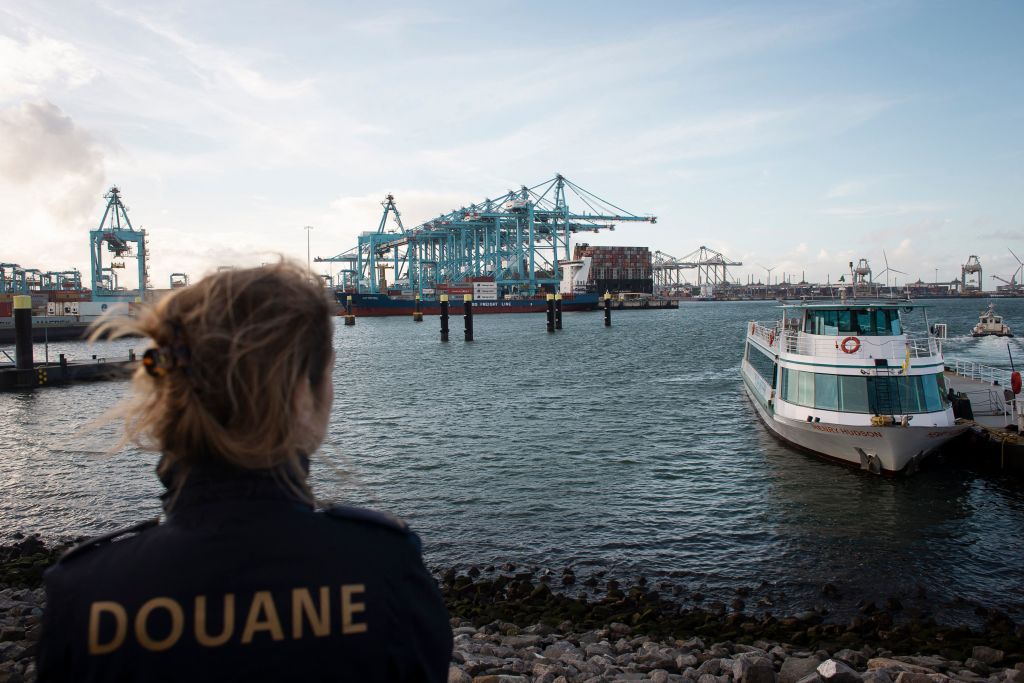A report this week from the EU’s drug agency (EMCDDA) and Europol has revealed that the EU’s illicit drug market is worth at least €31 billion. The market for cocaine, Europe’s second most popular drug behind cannabis, is worth €11.6 billion on its own. This market has seen a continual increase in recent years, with five of the continent’s 10 largest ever cocaine seizures occurring in 2023. Just last month, the UK had its largest ever cocaine seizure when authorities intercepted 5.7 tonnes at Southampton Port.
Cocaine’s illicit odyssey into Europe begins in the Andean region of South America, typically Colombia, where drug trafficking cartels and guerrilla groups clash between themselves in cultivation regions, before using smuggling routes to evade the eye of the state. The powder is then usually shipped to Ecuador, a country engulfed in gang violence thanks to a cocaine trade which has empowered criminal organisations. Once transported across the Atlantic, the drug reaches Europe in port cities such as Antwerp and Rotterdam where criminal groups fight for control.
The flood of cocaine into European cities is partly due to an increase in supply. Last year Colombia, the world’s largest cocaine-producing country, witnessed record figures for coca cultivation, which is then used to create the drug.
North America has typically constituted the world’s biggest cocaine market yet, despite the logistical issues which arise from the distance of transportation, the European market is becoming an attractive destination for cocaine traffickers. On the old continent, the powder is sold for a much higher price than in the oversaturated US market: one estimation values a kilo in America at $28,000, whereas the same quantity will fetch $40,000 across Europe.
Such potential for profit creates efficient and increasingly elaborate supply chains involving container shipping, semi-submersible vessels, yachts, boats, and submersible drones. Alliances and rivalries between powerful Mexican, Colombian, Ecuadorian, Albanian, Moroccan, and Dutch groups manage and enforce this multi-billion-euro trade.
The EMCDDA and Europol report also details the malleability and innovation of these criminal groups in shifting routes and tactics to evade authorities, something which is evident throughout the cocaine trade. One increasingly common tactic involves narco-submarines — clandestinely built vessels which sit just below the water, trafficking huge amounts of cocaine and a handful of crew members across the Atlantic. In 2019, for example, a 22-metre-long narco-sub was caught off the coast of Spain carrying three tonnes of cocaine.
Another innovation of sorts is the rise of cocaine-producing labs in Europe. This doesn’t require the entire production line from leaf to powder, but cocaine is now frequently trafficked to Europe in its non-consumable coca paste or coca base form. The coca paste and base are harder to detect for authorities, reducing the risk of seizure for smugglers. Then, in factories in the European countryside, the drug is made into cocaine hydrochloride — the consumable powder. Dutch producers revealed the sophistication of this practice when, in 2020, police raided an old riding school in the small village of Nijeveen and discovered a lab capable of producing 150-200 kg of cocaine a day, sleeping quarters and recreational rooms.
As authorities are struggling to find an answer to Europe’s booming cocaine market, some are even turning away from the war on drugs altogether. Earlier this year Amsterdam’s Mayor, Femke Halsema, recommended the legalisation and regulation of cocaine to stem drug violence in the Netherlands and avoid her country becoming a “narco-state”. In conjunction, the Swiss capital of Bern is considering trialling a legalised cocaine market while, further afield, Colombian President Gustavo Petro has called for an end to the war on drugs.
Will drug violence unravel the illicit trade on which it is built? Unlikely. But the tectonic prohibition infrastructure which upholds the global market is most certainly shifting.










Join the discussion
Join like minded readers that support our journalism by becoming a paid subscriber
To join the discussion in the comments, become a paid subscriber.
Join like minded readers that support our journalism, read unlimited articles and enjoy other subscriber-only benefits.
Subscribe